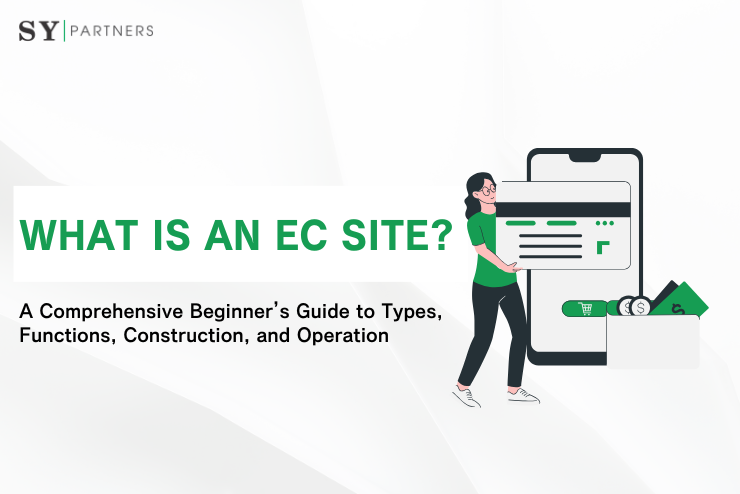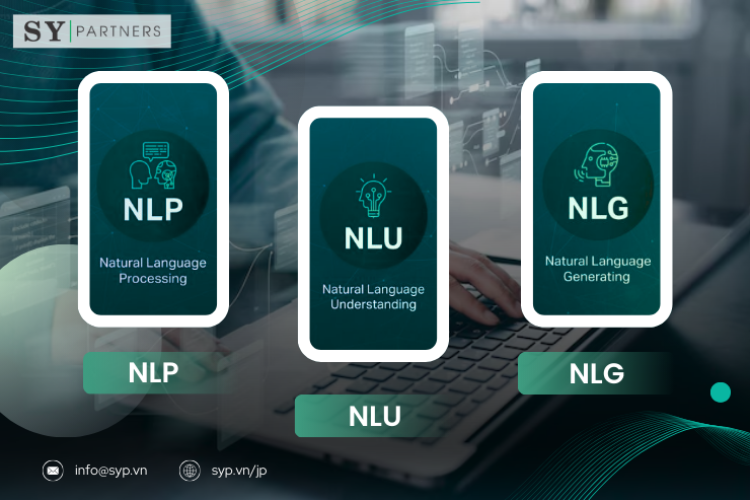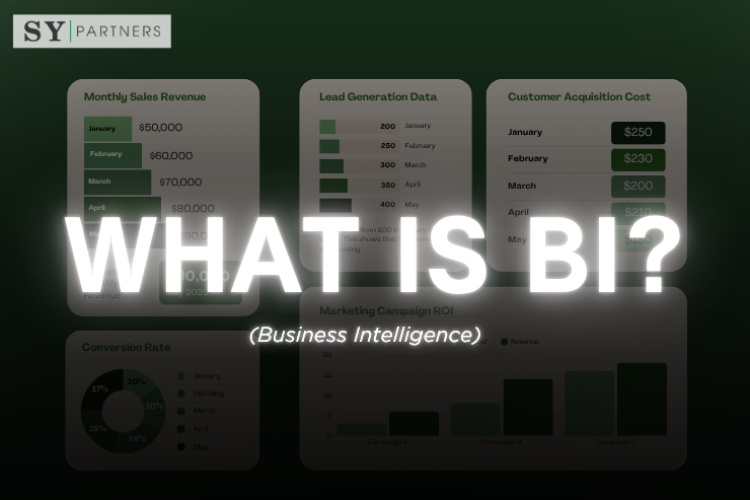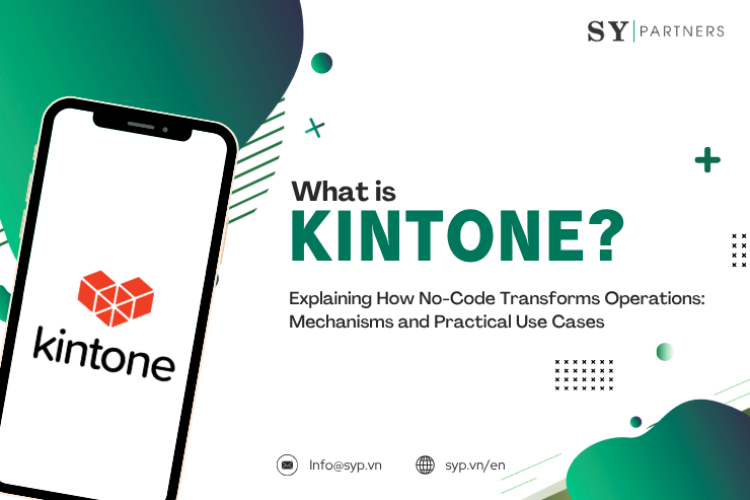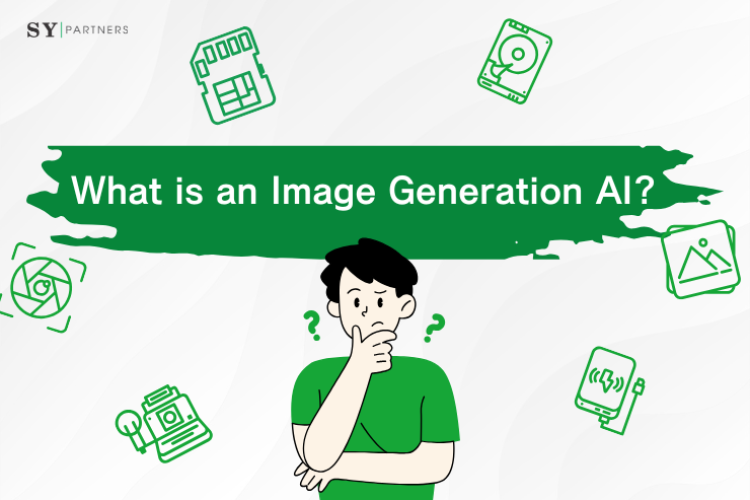What is an EC Site? A Comprehensive Beginner’s Guide to Types, Functions, Construction, and Operation
In today’s world, where the internet is indispensable, shopping styles have drastically changed. The “EC site” (e-commerce site), which allows users to purchase products easily via smartphone or computer without visiting a physical store, has become essential for businesses ranging from individuals to large enterprises.
EC sites are not just a sales channel—they are strategic platforms that strengthen customer touchpoints and enhance brand value. This article provides a beginner-friendly explanation of the basics of EC sites, their types and business models, essential functions, construction methods, and operational tips. If you want to expand your business or better understand online stores, read on until the end.
1. What is an EC Site?
An EC site is short for Electronic Commerce, referring to websites that sell products or services online. Users can search for and purchase products using a computer or smartphone and have them delivered to their homes. This system allows businesses to sell 24/7, nationwide or even globally, without maintaining a physical store.
EC sites handle a wide range of products and services, including:
- Physical goods: Clothing, food, electronics, etc.
- Digital products: Music, e-books, software
- Services: Travel reservations, online courses, etc.
Moreover, EC sites are not merely “sales channels” but also play an important role as platforms for marketing and CRM (customer relationship management) using customer data.
2. Differences Between EC Sites, Online Shops, and Mail-Order
“EC site,” “online shop,” and “mail-order” all relate to selling products or services online, but their meanings and usage differ slightly. Understanding these differences helps choose the right terminology and strategy for your business model and marketing.
| Item | EC Site (E-Commerce Site) | Online Shop | Mail-Order (Tsūhan) |
|---|---|---|---|
| Definition | Abbreviation for “Electronic Commerce.” Refers to websites selling products or services online. Integrates product purchase, payment, customer management, marketing, and inventory functions as a business platform. | Focuses on product sales specifically. Often used by consumers as a “store online.” | Short for mail-order. Includes all sales through mail, phone, TV, fax, or the internet. Broader concept that includes EC sites. |
| Characteristics | Covers BtoC, BtoB, CtoC, DtoC transactions. Designed as part of business strategy, integrated with marketing, SEO, advertising, and customer data analysis. | Functions as an “online store” replacing a physical store. Focuses on shopping experience (search, cart, payment). Mainly small retail like apparel, food, and daily goods. | Uses multiple ordering methods (phone, postcard, web). Recognized by older demographics and gives a sense of reliability. |
By understanding the characteristics and target users of each, businesses can choose the appropriate terminology and operational methods to deliver products and services more effectively.
3. Types of EC Sites: Marketplace vs. Proprietary EC
EC sites selling products online are mainly categorized into marketplace (mall-type) and proprietary EC (self-owned) sites. Understanding their characteristics, advantages, and disadvantages helps select the most suitable operation for your business.
3.1 Marketplace EC Sites
Marketplace EC is like an online shopping mall where multiple stores gather. Businesses sell on a platform-provided system.
| Item | Details |
|---|---|
| Main Features | Multiple operational types: tenant-based or marketplace. Payment, logistics, and customer acquisition systems are prebuilt, making it easy for beginners. Benefit from platform’s traffic and reliability. |
| Advantages | High potential traffic, easier to gain customer trust. Minimal setup and management effort. Payment and logistics systems are ready. |
| Disadvantages | Listing fees and commissions can reduce profit margins. Susceptible to price competition. Design and functional restrictions may limit branding. Limited access to customer data, making repeat marketing challenging. |
Marketplace EC is attractive for convenience and customer reach but requires understanding of its fees, competition, and branding limitations.
3.2 Proprietary EC Sites
Proprietary EC allows businesses or individuals to build and operate their own site, with full control over domain, design, and functions, allowing strong brand expression.
| Item | Details |
|---|---|
| Main Features | Independent domain, high customization, brand-specific design, in-house customer management and data analysis. |
| Advantages | No commission fees, higher profit margin. Can strongly express brand and message. Easy to utilize customer data for personalization and repeat marketing. Avoids price competition, can compete on quality and experience. |
| Disadvantages | Traffic generation requires own effort (ads, SEO, social media). Initial investment and operational costs. Requires technical knowledge or outsourcing for ongoing maintenance. Takes time to stabilize revenue. |
Marketplace EC is strong in convenience and traffic, whereas proprietary EC excels in freedom and profitability. Understanding these differences allows businesses to choose the format that fits their purpose and resources.
4. EC Site Business Models
EC sites vary depending on the type of product or service transaction. Choosing the right model based on the target and purpose is key to success.
EC sites can be classified into four types based on transaction partners:
| Model | Main Target | Features |
|---|---|---|
| BtoC (Business → Consumer) | General users | Wide range of products. Focus on convenience and customer experience. Use purchase data for strategic actions. |
| BtoB (Business → Business) | Corporate clients | Large-scale transactions. Requires efficient management and long-term relationship building. |
| CtoC (Consumer ↔ Consumer) | Individuals | Individual transactions. Easy entry, simple listing and purchasing, but safety is a concern. |
| DtoC (Direct-to-Consumer) | General users | Direct sales without intermediaries, higher profit margins. Branding and customer relationship are key. |
Each model has distinct advantages and challenges. Selecting the appropriate model according to the target and sales strategy is critical.
5. Essential EC Site Functions and Their Roles
For EC site success, users must navigate smoothly to purchase. Six function categories are crucial, each with specific purposes and implementation points:
| Function Category | Purpose / Role | Implementation Points |
|---|---|---|
| Product Management | Display accurate and attractive product info; prevent lost opportunities via search and inventory management | Organize images, descriptions, prices, specs; categorize; link to inventory |
| Member Management | Build ongoing customer relationships, provide security | Smooth registration/login, manage My Page, two-factor authentication |
| Order Management | Reduce drop-offs; smooth purchase experience | Intuitive cart-to-payment flow, multiple payment options, order notifications/history |
| Design | Improve UX, express brand | Template selection, UI design, responsive design, customization |
| Promotion | Increase sales, encourage repeat visits/purchases | Coupons/sales, newsletters, SEO, diversified customer touchpoints |
| Analytics | Improve operations, strategy | Access analysis, sales analysis, LTV and customer attribute analysis, data utilization |
5.1 Product Functions
Product management determines what to display and how. Accurate, attractive images, descriptions, prices, and specs are essential. Categorization improves searchability, and real-time inventory prevents lost opportunities. Reliable, easy-to-read information enhances the purchase path.
5.2 Member Functions
Member functions are essential for building ongoing relationships. Smooth registration and login, combined with My Page features (purchase history, points, delivery tracking), improve retention. Two-factor authentication enhances security and trust.
5.3 Order Functions
The order process directly affects abandonment rates. An intuitive, fast flow from cart to payment is ideal. Offering multiple payment methods (credit card, e-money, bank transfer) addresses diverse needs. Order notifications and history help customers feel secure.
5.4 Design Functions
First impressions and usability impact time on site and conversion. UI design aligned with brand, template selection, and responsive design for mobile/tablet are essential. Proprietary EC allows full customization of logo, color, and overall world view. Balancing appearance and usability is key to UX improvement.
5.5 Promotion Functions
Promotion is required to convert visibility into sales. Use coupons, sales campaigns, newsletters, and SEO to strengthen touchpoints. Strategies encouraging repeat visits and purchases stabilize revenue.
5.6 Analytics Functions
Analytics are crucial for operational improvement. Track page attention, identify revenue-generating products, analyze repeat rates and customer attributes, and calculate LTV. Data-driven management directly impacts results.
6. EC Site Operations
Launching an EC site is only the beginning; post-launch operations form the foundation of revenue and trust. Product information management, customer interaction, marketing, and logistics all contribute to customer satisfaction. This chapter introduces key operational tasks and efficiency strategies.
6.1 Product Management | The Basis of Trust
Product pages are the first “face” customers see. Clear images, descriptions, and proper pricing are essential.
- Accurate, attractive registration of images, specs, and pricing
- Real-time inventory management to prevent stock-outs and over-selling
- Flexible price adjustments for campaigns and market trends
6.2 Customer Support | Creating Repeat Customers
Without face-to-face service, support quality defines the customer experience.
- Respond promptly and politely, ideally within 24 hours
- Clear yet flexible return/exchange policies to instill trust
- Actively collect and use customer reviews for improvement and credibility
6.3 Marketing | From Awareness to Purchase
If customers cannot find products, sales won’t happen. Continuous traffic-generation strategies are crucial.
- SEO: Properly place keywords on product pages
- Social media: Share brand story and product info, build relationships
- Ads: Google and social ads target likely customers, encourage repeat visits and purchases
6.4 Logistics | The Final Step in Customer Satisfaction
Delivery quality is a key part of customer experience.
- Packaging and shipping should be neat and timely
- Eco-friendly packaging (simple/recyclable materials) creates positive impressions
- Provide real-time tracking for reliability
- External logistics services can improve efficiency if in-house handling is difficult
Our company, SYP, supports EC site construction using Magento, integrating inventory and logistics, and optimizing operational workflows. We have implemented over 30 sites, including cross-border EC in Europe. Some clients saw revenue growth up to 300% and operational efficiency improve 67%. Tailored system design and operational support enable effective EC business outcomes.
Summary
EC sites are a powerful way to sell products and services online. Understanding marketplace vs. proprietary EC and choosing construction methods (ASP, open-source, package, full custom) for BtoC, BtoB, CtoC, or DtoC models allows you to set up the optimal sales channel.
Advantages include 24/7 operation, cost reduction, and data utilization. Challenges include price competition, traffic generation, and security. Starting with low-cost ASP solutions and testing gradually is recommended. With proper strategy, EC sites can become a stepping stone to significant growth.
Frequently Asked Questions
Q1. What are the benefits and considerations of hybrid operation combining marketplace and proprietary EC sites?
Hybrid operation refers to the strategy of selling on marketplace platforms like Rakuten or Amazon while simultaneously operating a proprietary EC site. This approach offers the following benefits:
- Balancing traffic acquisition and branding: Marketplaces make it easier to attract new customers, while a proprietary EC site allows focus on building relationships with loyal customers.
- Risk diversification: Reduces reliance on a single channel, making it easier to respond to external factors such as marketplace policy changes or SEO fluctuations.
- Differentiated data utilization: Proprietary EC sites provide more detailed customer data, enabling strategies to maximize LTV (Lifetime Value).
Key considerations include:
- Increased operational workload: Inventory, product information, and campaign management must be maintained across both channels.
- Price and promotion consistency: Discrepancies between marketplace and proprietary EC pricing or services can erode customer trust.
- Branding consistency: Marketplace listings must be designed to reflect and reinforce your brand value.
Q2. What differentiation strategies are necessary for a DtoC brand to succeed on an EC site?
The DtoC (Direct-to-Consumer) model’s key strength is direct engagement with customers without intermediaries. To succeed, strategic differentiation is critical:
- Clear brand story and values: Communicate why customers should choose your brand, not just your products, consistently across your website and social media.
- Optimized UX (user experience): Create a seamless journey from product selection to purchase, delivery, and after-sales support.
- Personalized experience: Tailor emails, recommendations, and coupons based on customer attributes and purchase history.
- Cultivating a fan community: Leverage membership programs, reviews, and social media integration to nurture brand loyalty.
Since DtoC often involves higher unit prices and profit margins, advertising costs and customer acquisition costs can also be high. Maximizing LTV (Customer Lifetime Value) is therefore key.
Q3. Which KPIs should be implemented to maximize LTV on an EC site?
LTV (Customer Lifetime Value) measures how much profit a customer generates over their lifetime, and it is a critical KPI influencing the mid-to-long-term growth of an EC site. Key KPIs to monitor for LTV maximization include:
| KPI | Meaning | Example Improvement Measures |
|---|---|---|
| Purchase Frequency | Number of purchases per customer over a given period | Newsletters, repeat-purchase coupons, subscription programs |
| Average Order Value (AOV) | Average amount per order | Bundle sales, free-shipping thresholds, upselling |
| Retention Rate | Percentage of customers who make repeat purchases over a period | Loyalty programs, review engagement |
| NPS (Net Promoter Score) | Customers’ likelihood to recommend | Improve support quality, analyze survey feedback |
| Churn Rate | Percentage of customers who do not return after a purchase | Targeted advertising, investigate reasons for account closure |
Visualizing and analyzing these KPIs through databases or marketing tools, and implementing a rapid PDCA cycle, is a key point of differentiation in EC site management.


 EN
EN JP
JP KR
KR